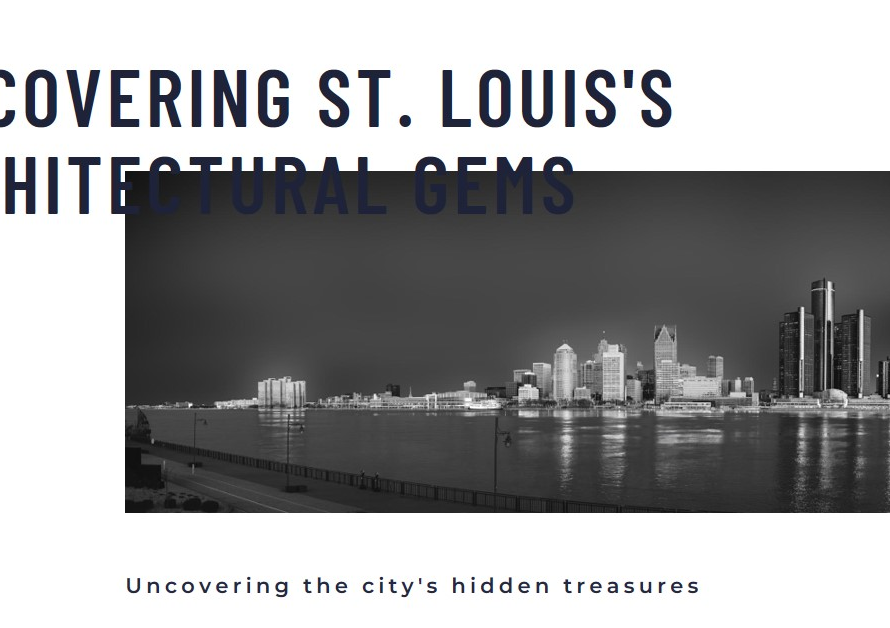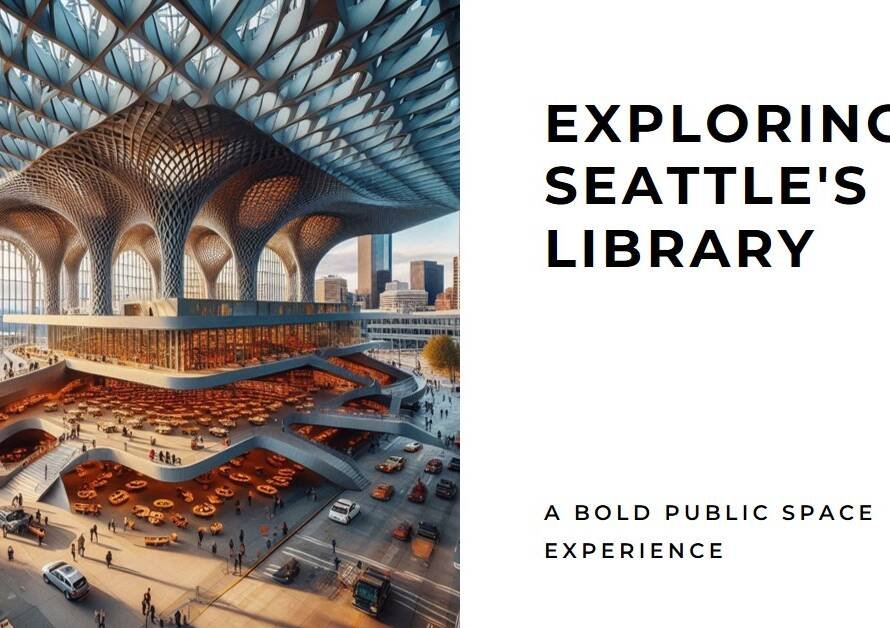
Table of Contents
- Introduction: The Art of Exterior Design
- Embracing Natural Elements: Harmonizing with Nature
- Modern Minimalism: Less is More
- Classic Elegance: Timeless Design Principles
- Innovative Facades: Pushing Boundaries
- Sustainable Design: Building for the Future
- Cultural Influences: Celebrating Heritage
- Bold Colors and Textures: Making a Statement
- Technological Integration: The Future of Design
- Outdoor Living Spaces: Expanding Horizons
- Conclusion: The Future of Exterior Design
Introduction: The Art of Exterior Design
Exterior design is a pivotal aspect of architecture, shaping the first impression of any building. It is not merely about aesthetics but also about functionality, sustainability, and harmony with the surrounding environment. The exterior of a building can tell a story, evoke emotions, and even reflect the culture and history of its location. In this blog post, we will explore various inspirations and ideas that can transform any architectural project into a true masterpiece.
Embracing Natural Elements: Harmonizing with Nature
One of the most compelling trends in modern exterior design is the integration of natural elements. Using materials such as wood, stone, and plants can create a seamless connection between a building and its environment. Natural materials not only enhance the aesthetic appeal but also offer sustainability benefits, promoting eco-friendly construction practices.
Incorporating greenery through vertical gardens, rooftop gardens, and landscaped terraces can breathe life into the exterior of a building. These elements not only improve air quality but also provide a tranquil, visually pleasing environment. Embracing nature in design fosters a sense of peace and well-being, making the building more inviting and harmonious with its surroundings.
Modern Minimalism: Less is More
Modern minimalism emphasizes simplicity, clean lines, and uncluttered spaces. This design philosophy is about stripping down to the essentials to create a sleek, sophisticated look. By using a limited color palette and focusing on functional elements, minimalism can achieve a timeless elegance that speaks volumes.
Materials like glass, steel, and concrete are often used in minimalist exteriors, creating a striking contrast with natural surroundings. The use of large, unobstructed windows allows for an abundance of natural light, blurring the lines between indoor and outdoor spaces. This approach not only enhances the visual appeal but also maximizes the functionality of the building.
Classic Elegance: Timeless Design Principles
Drawing inspiration from classical architecture can result in exteriors that exude grace and sophistication. Elements such as columns, arches, and symmetrical designs have stood the test of time, offering a sense of grandeur and stability. These classical features can be adapted to modern contexts, blending tradition with contemporary functionality.
Using high-quality materials like marble, limestone, and wrought iron can further enhance the elegance of classical designs. Attention to detail, such as ornate moldings and decorative cornices, can add depth and character. This timeless approach to exterior design ensures that the building remains stylish and relevant for generations.
Innovative Facades: Pushing Boundaries
The facade of a building is its most visible aspect, and innovative design can make it truly stand out. Techniques such as parametric design, dynamic facades, and the use of cutting-edge materials like ETFE (ethylene tetrafluoroethylene) can create visually stunning exteriors. These advancements allow for greater creativity and functionality, enabling designs that respond to environmental conditions and user needs.
Dynamic facades, which can change appearance based on light, weather, or other factors, are particularly exciting. They add a layer of interactivity and adaptability, making the building not just a static structure but a living part of its environment. This innovation not only enhances aesthetics but also improves energy efficiency and user experience.
Sustainable Design: Building for the Future
Sustainability is a crucial consideration in contemporary exterior design. Incorporating green technologies and materials can significantly reduce the environmental impact of a building. Solar panels, green roofs, and rainwater harvesting systems are just a few examples of how sustainability can be integrated into exterior design.
Using recycled and locally sourced materials can further enhance the sustainability of a project. Additionally, designing for energy efficiency, such as optimizing natural light and ventilation, can reduce the building’s reliance on artificial resources. Sustainable design not only benefits the environment but also creates healthier and more cost-effective buildings.
Cultural Influences: Celebrating Heritage
Incorporating cultural elements into exterior design can create a sense of identity and place. Drawing inspiration from local traditions, materials, and architectural styles can result in a design that is both unique and meaningful. This approach not only honors the heritage of a location but also fosters a sense of community and belonging.
For example, using traditional craftsmanship techniques or regional materials can imbue a building with cultural significance. By celebrating the local heritage, architects can create designs that are not only beautiful but also resonate deeply with the people who live and work in these spaces.


Bold Colors and Textures: Making a Statement
Color and texture are powerful tools in exterior design, capable of transforming the look and feel of a building. Bold color choices can create a striking visual impact, while varied textures can add depth and interest. This approach allows for a high degree of personalization and creativity, making each project unique.
Contrasting colors and textures can be used to highlight architectural features or to create visual interest. For instance, combining smooth, polished surfaces with rough, natural textures can create a dynamic and engaging exterior. This interplay of elements not only enhances aesthetics but also adds a tactile dimension to the design.
Technological Integration: The Future of Design
The integration of technology into exterior design is revolutionizing the field. Smart building technologies, such as responsive lighting, automated shading systems, and energy management solutions, are becoming increasingly prevalent. These innovations not only enhance the functionality of a building but also improve its energy efficiency and user comfort.
Using advanced materials and construction techniques can also lead to more durable and resilient exteriors. Technologies like 3D printing and prefabrication allow for greater precision and customization, reducing waste and construction time. The future of exterior design lies in the seamless integration of technology, creating buildings that are not only beautiful but also intelligent and sustainable.
Outdoor Living Spaces: Expanding Horizons
Creating outdoor living spaces is a trend that continues to gain popularity. These areas extend the usable space of a building, providing a seamless transition between indoors and outdoors. Features such as patios, balconies, and outdoor kitchens can enhance the functionality and appeal of a property.
Designing these spaces to be comfortable and inviting involves considering elements like weather protection, lighting, and landscaping. Incorporating features such as fire pits, water elements, and comfortable seating can create a versatile and enjoyable environment. Outdoor living spaces not only add value to a property but also promote a healthy, outdoor lifestyle.
Conclusion: The Future of Exterior Design
Exterior design is a dynamic and evolving field, driven by creativity, innovation, and a deep respect for the environment and cultural heritage. By embracing natural elements, modern minimalism, classical elegance, and technological advancements, architects can create buildings that are not only aesthetically pleasing but also functional and sustainable.
As we look to the future, the integration of smart technologies, sustainable practices, and cultural influences will continue to shape the way we design and build. The possibilities are endless, and the potential for creating architectural wonders is greater than ever. By staying informed and inspired, we can craft exteriors that not only stand the test of time but also enrich our lives and communities.



